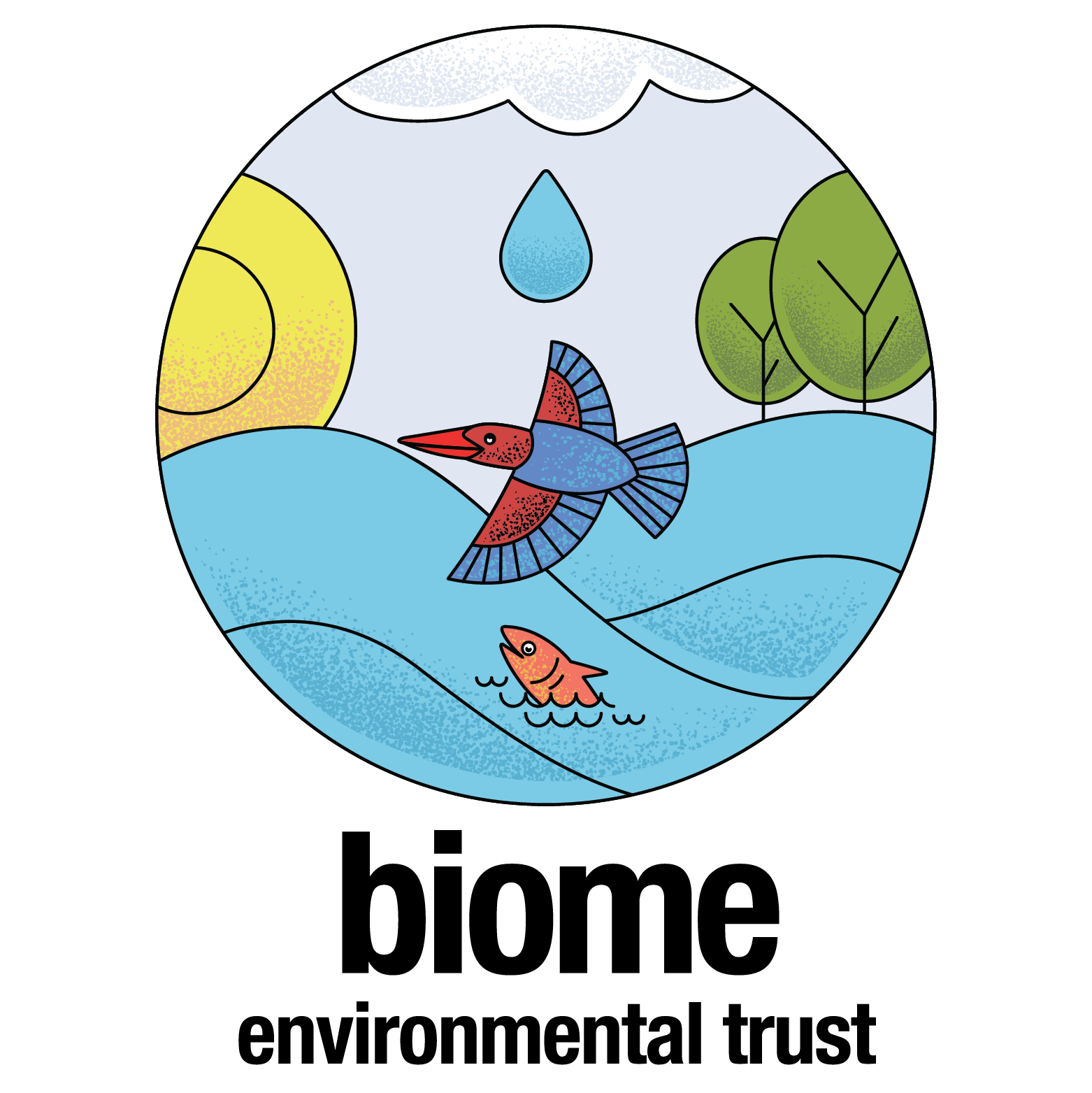“Do you know where does your school gets the water from?”
“For what purpose is the water used in the school?”
“How much water do you/your school uses for different activities?”
“What happens to the water after it is being used? Where does it go?”
“For what purpose is the water used in the school?”
“How much water do you/your school uses for different activities?”
“What happens to the water after it is being used? Where does it go?”
These were some of the questions that we wanted to explore with the schools that we are working with. In Kannur Government school, Rainwater harvesting has been implemented. At Biome Trust we have developed simple communication tools in the form of posters to facilitate activity based learning. One of the tools was on understanding ‘local water cycle’ within the school.
 |
| Local Water Cycle Poster |
After this, we had asked students if they would be able to draw this water cycle in their books. Some of the local water cycle sketches by the students of 5th standard:
Teachers felt this was an important exercise as they would also come to know all of the assets related to water and the supply system within the school.
Then, we started with the questions on usage. A different set of poster ‘estimating water demand’ was used to facilitate the discussion amongst the students and teachers.
Various purposes for which the water is used in the school were listed first with help from teachers and students.
The purposes were: Drinking, handwash, washing utensils, toilets, cleaning the school, gardening, cooking. Some uses like drinking were estimated easily with kids saying “we drink 1 litre of bottle a day”. Toilets, gardening, cleaning school, cooking were estimated in terms of buckets. “How much buckets of water do you use for each of these activities?” Based on this, the usage in litres was calculated.
For some activities like handwash, washing utensils a small activity was conducted wherein some students volunteered to do the activity of washing hands, washing utensils.
And at the end of all of this, we had calculated daily demand for the school. Students were so enthused with this that they volunteered to do the calculations on the board for calculating the demand.
Couple of things that stood out at the end of this exercise:
- The daily demand of the school through these calculations was ~1500L. The teacher commented in the end that ” Our two sintex tanks are of 750L each and we need that much water in a day. That means the demand calculations were closer to the schools’ actual usage
- School HM, Manjula Ma’m also commented that “the maximum that we are spending is on gardening. We should be careful about it.”
Manjula Madam’s comments sum up our exercise perfectly well. By calculating the demand, one becomes aware of the high usage points, low usage points, starts questioning about the relative usage and most importantly hopefully starts keeping a tab on the demand throughout.
The next activity was to connect the demand with the rainfall received. Further set of calculations were done to calculate rainwater endowment of the school and then that was compared to the annual water demand. At least half of schools’ demand can be taken care by the rainfall, if harvested annually. This stressed the importance of rainwater harvesting implementation that has been done in the school.
The enthusiastic responses from the students and the feedback from the teachers made this activity based learning session memorable.








Thanks for the informative article! waiting for your next post.- good schools in bangalore.
schools in bangalore.
schools in bengaluru.